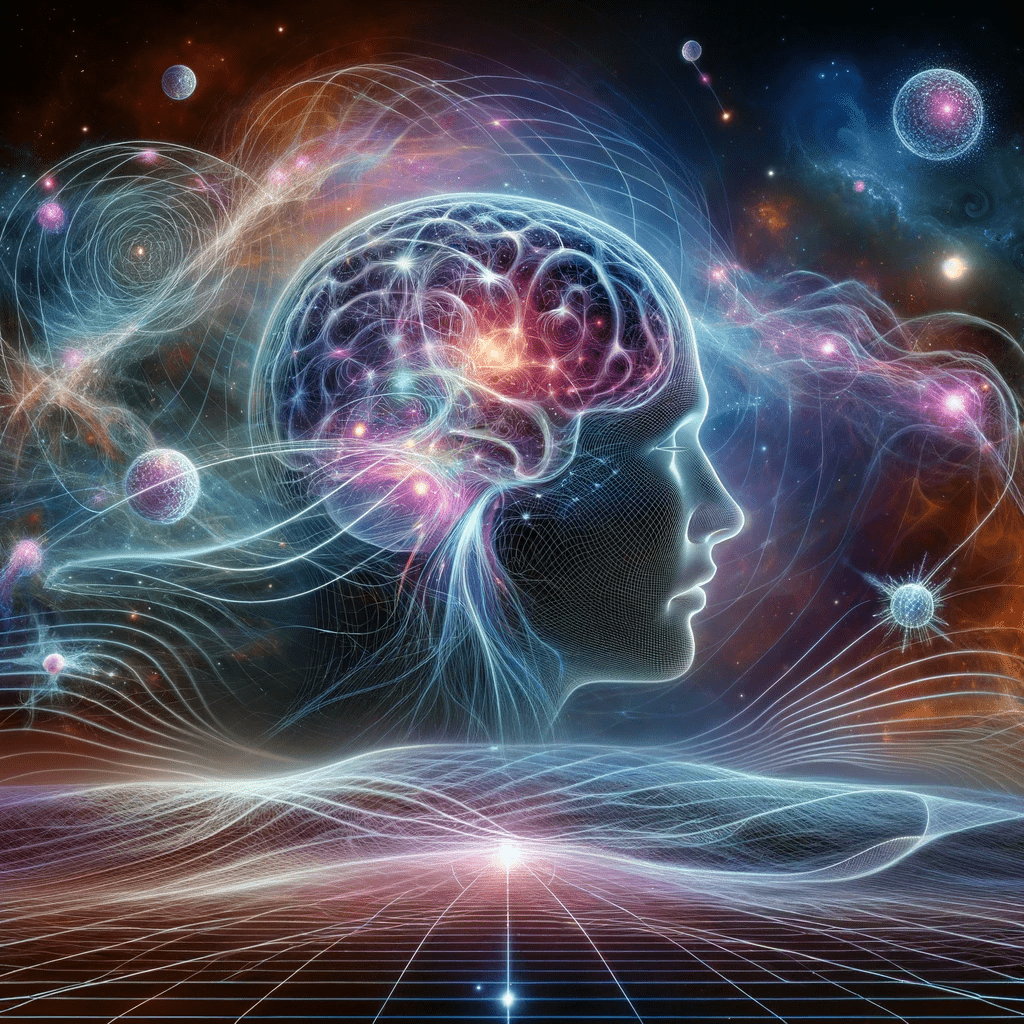Entangled Minds: Extrasensory Experiences in a Quantum Reality

“Entangled Minds: Extrasensory Experiences in a Quantum Reality” by Dean Radin looks into the intersection of quantum physics and parapsychology, proposing that psychic phenomena may be understood through principles derived from quantum mechanics. Radin argues that psychic experiences such as telepathy, precognition, and psychokinesis are real and supported by a substantial body of empirical evidence, including controlled laboratory studies and meta-analyses. The book suggests that these phenomena are consistent with the concept of quantum entanglement, where particles remain interconnected regardless of physical distance. Radin extends this idea to consciousness, proposing that the mind, much like entangled particles, operates in a non-local domain, unbound by physical space.
The author explores the observer effect in quantum mechanics—where observation influences the state of a particle—as a potential mechanism for how consciousness might directly affect physical reality. Radin further postulates that the interconnectedness of all things, a fundamental aspect of quantum theory, could provide the underlying framework for psychic phenomena. He highlights how these connections challenge the conventional notion that consciousness is confined solely to the brain, offering an alternative perspective where the mind interacts with and influences the external world.
Throughout the book, Radin references significant historical figures and concepts to ground his arguments in scientific theory. For instance, he cites physicists like Niels Bohr and David Bohm, the latter known for his holistic interpretation of quantum physics, and Carl Jung, who explored synchronicity and collaborated with physicist Wolfgang Pauli on the intersection of psychology and quantum theory. These references underscore the plausibility of linking quantum mechanics to psychic phenomena and situate Radin’s work within a broader scientific and philosophical discourse.
Radin’s central claim is that psychic phenomena are not only real but reproducible under controlled conditions, offering statistically significant evidence that challenges the skepticism surrounding parapsychology. He emphasizes the necessity of redefining our understanding of reality to incorporate these findings, suggesting that doing so could expand humanity’s comprehension of consciousness and its role in the universe.
The book does not stray into speculative territory beyond what can be scientifically inferred or supported by existing data. Instead, it rigorously focuses on presenting a case for psychic phenomena as a legitimate area of scientific inquiry. Radin’s arguments are framed within the context of quantum mechanics, avoiding unnecessary digressions into topics unrelated to the book’s primary focus. By integrating experimental evidence with theoretical insights from quantum physics, “Entangled Minds” seeks to bridge the gap between science and parapsychology, challenging readers to reconsider the boundaries of human experience and the nature of reality itself.


